Address
304 North Cardinal
St. Dorchester Center, MA 02124
Work Hours
Monday to Friday: 7AM - 7PM
Weekend: 10AM - 5PM
Address
304 North Cardinal
St. Dorchester Center, MA 02124
Work Hours
Monday to Friday: 7AM - 7PM
Weekend: 10AM - 5PM
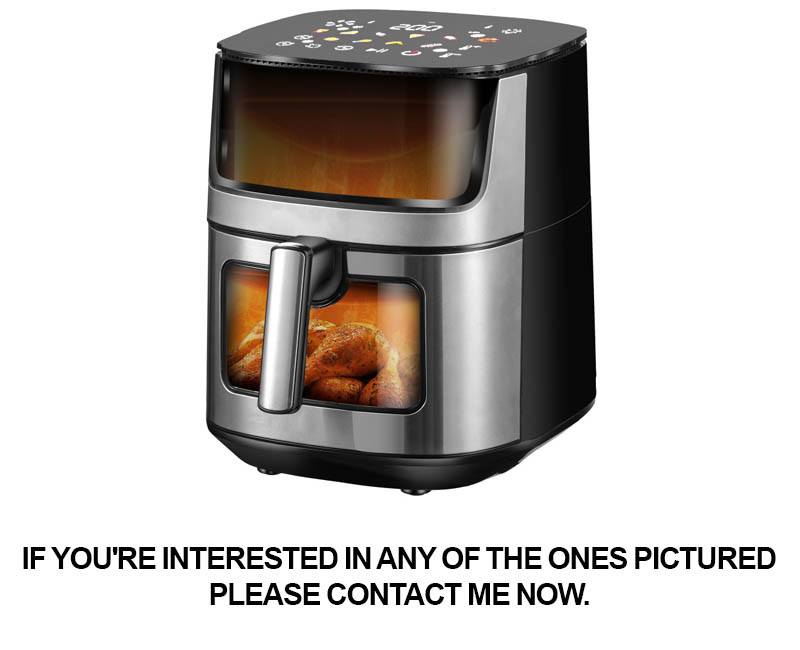
In the ever-evolving world of kitchen appliances, innovation is the driving force behind the latest advancements that not only enhance our daily lives but also push the boundaries of what’s possible in the culinary domain. As technology continues to intertwine with convenience, we find ourselves at the precipice of a new era where appliances are not just tools but companions in our quest for efficiency and culinary excellence. This article delves into the latest trends, highlighting a groundbreaking -30°C cold-resistant model that’s poised to redefine the landscape of kitchen appliances.
The world of kitchen appliances has undergone a remarkable transformation over the years, evolving from simple tools to sophisticated technological marvels. From the early days of basic cooking stoves and refrigerators, we’ve seen a surge in innovation that has revolutionized the way we prepare and store food. This evolution has been driven by a combination of changing lifestyles, technological advancements, and the ever-growing demand for convenience and efficiency.
In the beginning, kitchen appliances were primarily designed to automate tasks that were once labor-intensive. The introduction of the electric stove, for instance, marked a significant shift from the traditional wood or coal-burning fireplaces. This not only improved safety but also allowed for greater control over cooking temperatures and times.
As the 20th century progressed, the kitchen appliance landscape expanded with the advent of the refrigerator, washing machine, and eventually the microwave oven. These innovations not only made meal preparation quicker but also freed up valuable time for homeowners to engage in other activities or simply relax.
The 21st century has seen an even more rapid pace of innovation. Smart appliances, equipped with internet connectivity and advanced sensors, have become the norm. These devices can be controlled remotely, learn from user habits, and even suggest recipes based on the ingredients in the refrigerator. The integration of artificial intelligence and machine learning into kitchen appliances has opened up a world of possibilities for personalized and efficient cooking experiences.
One of the most notable trends in recent years has been the emphasis on energy efficiency and sustainability. As environmental concerns have grown, manufacturers have been under increasing pressure to produce appliances that consume less energy and have a smaller carbon footprint. This has led to the development of energy-saving models and the adoption of renewable energy sources in kitchen appliances.
The evolution of kitchen appliances has also been influenced by cultural shifts. For example, the rise of gourmet cooking and the emphasis on health and wellness have spurred the creation of specialized appliances such as sous-vide cookers and air fryers. These devices allow for precise temperature control and healthier cooking methods, respectively.
Another significant development has been the integration of kitchen appliances into the broader smart home ecosystem. Smart kitchen appliances can now be interconnected with other smart devices, such as thermostats and security systems, to create a seamless and integrated living environment. This level of connectivity not only adds convenience but also enhances home security and energy management.
In terms of design, kitchen appliances have moved away from being utilitarian and into the realm of aesthetics. Modern appliances are sleeker, more compact, and often come in a variety of colors and finishes to complement different kitchen styles. The focus on design has not only made appliances more visually appealing but has also led to more efficient use of space, especially in smaller kitchens.
The rise of e-commerce has also played a role in the evolution of kitchen appliances. Online shopping has made it easier for consumers to access a wider range of products and to read reviews and comparisons before making a purchase. This has, in turn, influenced manufacturers to offer more competitive pricing and to innovate in response to consumer preferences.
In conclusion, the evolution of kitchen appliances is a testament to human ingenuity and the relentless pursuit of convenience, efficiency, and sustainability. From the simple stove to the cutting-edge smart kitchen, these devices have become an integral part of our daily lives, enhancing our cooking experiences and enriching our homes. As we continue to embrace new technologies and changing lifestyles, the future of kitchen appliances looks to be even more exciting and innovative.

The European and American kitchen appliance markets have undergone a remarkable transformation over the years, evolving from basic functionality to sophisticated technology and design. With the advent of modern living and the increasing emphasis on convenience and efficiency, these markets have seen a surge in innovation and consumer demand.
Once dominated by simple, mechanical devices like toasters and blenders, the kitchen appliance landscape has expanded to include a wide array of smart and energy-efficient gadgets. From small appliances like coffee makers and microwaves to large-scale refrigerators and dishwashers, the European and American markets have become hubs for cutting-edge kitchen technology.
In Europe, the market is characterized by a strong preference for sleek, minimalist designs that blend seamlessly into modern kitchen aesthetics. Brands like Siemens, Miele, and Bosch have established a reputation for quality and innovation, offering a range of appliances that cater to both the eco-conscious consumer and the tech-savvy home chef. The European market also values sustainability, with a growing number of appliances featuring energy-saving features and eco-friendly materials.
Similarly, the American kitchen appliance market has seen significant growth, driven by a diverse consumer base with varying needs and preferences. Brands like KitchenAid, Whirlpool, and LG have capitalized on this diversity, offering a wide selection of appliances that range from budget-friendly to premium luxury. The American market is particularly known for its integration of technology, with smart appliances that can be controlled remotely via smartphones or voice assistants becoming increasingly popular.
One key factor contributing to the rise of these markets is the shift towards healthier eating habits. Consumers are now more interested in cooking at home, which has spurred the demand for high-quality cooking appliances such as ranges, ovens, and induction cooktops. European and American brands have responded by offering a variety of cooking solutions that cater to different culinary styles, from traditional to gourmet.
The integration of smart technology has also played a pivotal role in the growth of these markets. Smart appliances not only provide convenience but also offer valuable insights into energy consumption and appliance performance. For instance, smart refrigerators can track the contents of the fridge and suggest recipes based on available ingredients, while smart ovens can be preheated remotely and monitored through an app.
In Europe, the emphasis on sustainability and energy efficiency has led to the development of appliances that not only reduce environmental impact but also lower utility bills. The European Union’s Energy Labeling Directive has been instrumental in promoting energy-saving appliances, as consumers are now more informed about the energy consumption of their kitchen gadgets.
On the other side of the Atlantic, the American market has seen a surge in the adoption of smart home technology, with kitchen appliances being at the forefront. This has been fueled by the increasing number of households interested in home automation, which offers not only convenience but also enhanced security and control over their living spaces.
The rise of the European and American kitchen appliance markets can also be attributed to the globalization of trends. As people travel more frequently and consume media from around the world, they are exposed to new ideas and innovations in kitchen technology. This has led to a more cosmopolitan approach to kitchen design and functionality, with consumers seeking out appliances that offer a blend of traditional and contemporary features.
In conclusion, the European and American kitchen appliance markets have flourished through a combination of technological advancements, changing consumer preferences, and a focus on sustainability. As these markets continue to grow, they will likely continue to shape the future of kitchen appliances, offering consumers more options than ever before to create their ideal culinary environments.
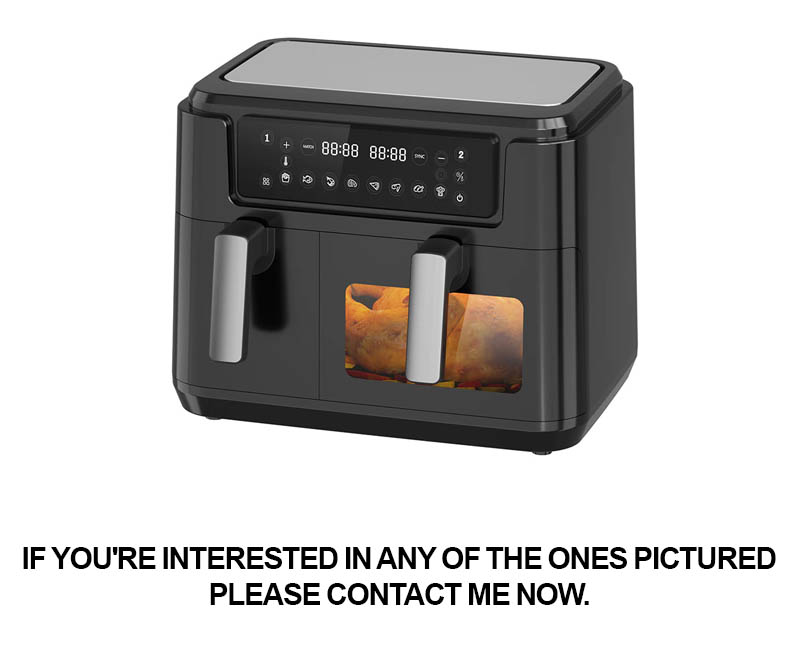
The kitchen, once a mere backdrop for culinary creations, has now transformed into a hub of innovation and technology. From sleek stoves to smart refrigerators, the evolution of kitchen appliances has been nothing short of remarkable. Here are some of the most groundbreaking ideas shaping the future of kitchenware.
3.1 Smart Integration and ConnectivityModern kitchen appliances are no longer standalone units. They are now equipped with smart technology that allows them to connect to each other and to the user’s mobile devices. Imagine a scenario where your oven receives a recipe suggestion from your smartphone, or your coffee machine adjusts its temperature based on the weather forecast. This level of integration enhances convenience and efficiency in the kitchen.
3.2 Energy Efficiency and SustainabilityWith environmental concerns at the forefront, kitchen appliance manufacturers are focusing on energy-efficient designs. Appliances like induction cooktops and LED lighting offer significant energy savings compared to their traditional counterparts. Moreover, the use of recycled materials and eco-friendly production processes is becoming more prevalent, ensuring that kitchen appliances are not just functional but also environmentally responsible.
3.3 Personalized Cooking ExperienceThe era of one-size-fits-all kitchen appliances is fading. New innovations cater to individual preferences and dietary needs. For instance, sous-vide cookers provide precise temperature control for perfect results every time, while air fryers offer a healthier alternative to deep-frying. These appliances empower users to customize their cooking experience, whether they’re following a specific diet or experimenting with new recipes.
3.4 User-Friendly Design and Safety FeaturesThe user interface of kitchen appliances has seen a significant upgrade. Touchscreens, voice control, and intuitive interfaces make operating modern appliances a breeze. Additionally, safety features like child locks, automatic shut-offs, and anti-slip surfaces are becoming standard, ensuring that kitchens remain a safe space for all users.
3.5 Interactive Cooking AssistantsGone are the days when cooking was a solo endeavor. Interactive cooking assistants, such as AI-powered smart ovens and refrigerators, offer step-by-step guidance and tips. These devices can analyze ingredients, suggest modifications, and even keep track of the user’s cooking habits to offer personalized meal suggestions. The kitchen is becoming a place where technology and culinary expertise meet.
3.6 Health and Wellness IntegrationWith a growing emphasis on health and wellness, kitchen appliances are being designed to support these lifestyle choices. High-tech blenders and juicers are equipped with nutritional analysis tools, while smart kitchen scales can track portion sizes and calorie intake. These innovations not only make cooking healthier but also provide users with valuable insights into their dietary habits.
3.7 Smart Storage SolutionsThe refrigerator, once just a place to store food, has evolved into a smart storage system. Modern refrigerators can monitor food spoilage, suggest meal ideas, and even order groceries automatically when supplies run low. This integration of smart storage solutions into kitchen appliances is changing the way we think about food preservation and management.
3.8 Customizable and Modular AppliancesDesigners are pushing the boundaries by creating kitchen appliances that can be customized and combined to suit individual needs. Modular ovens, cooktops, and sinks allow users to mix and match components to create a kitchen that reflects their unique style and cooking preferences. This shift towards personalization is reshaping the kitchen as a space for self-expression.
3.9 Innovative Cooking TechniquesAppliances that incorporate new cooking techniques are becoming increasingly popular. For example, the sous-vide method, which uses precise temperature control to cook food to perfection, is now accessible to home cooks with the introduction of affordable sous-vide machines. These innovative tools are expanding the culinary horizons and encouraging experimentation in the kitchen.
3.10 The Future of Cooking with TechnologyAs technology continues to advance, the kitchen of the future promises to be a place where appliances are not just tools but also companions. From AI-driven meal planning to 3D printing of ingredients, the possibilities are vast. The fusion of technology and culinary art is transforming the kitchen into a dynamic and innovative space that caters to the evolving needs and desires of its users.
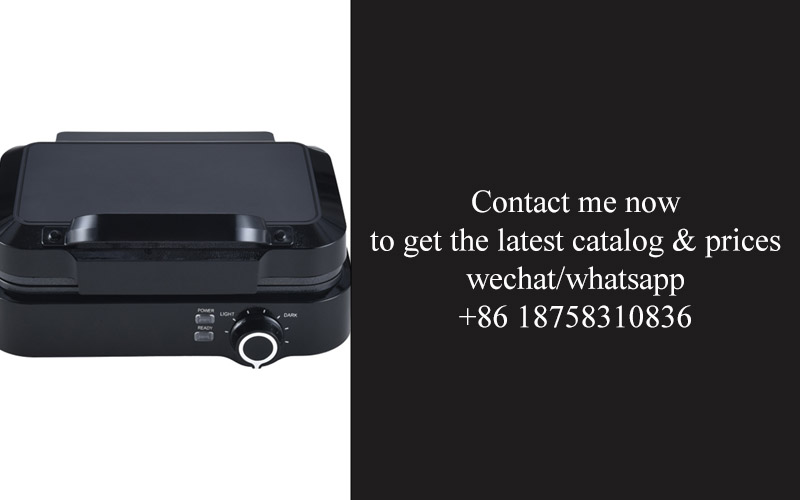
The advent of the -30°C Cold Resistant Model marks a significant milestone in the evolution of kitchen appliances. This innovative creation has the potential to revolutionize how we approach cooking and food storage, especially in regions where extreme temperatures are a norm. Here’s a closer look at what this game-changing model brings to the table.
The -30°C Cold Resistant Model is designed with cutting-edge materials and engineering that allow it to withstand temperatures far beyond what traditional kitchen appliances can handle. This robustness is not just a novelty; it’s a necessity for those living in climates where the mercury dips to freezing levels. The model’s durability is a testament to the relentless pursuit of innovation in kitchen technology.
One of the standout features of this model is its advanced insulation. It employs a multi-layered, high-tech insulation system that not only keeps the contents at optimal temperatures but also ensures that the appliance itself remains cool to the touch, even after hours of operation. This is a crucial factor for users who may not have the luxury of installing additional ventilation systems in their kitchens.
In terms of functionality, the -30°C Cold Resistant Model is equipped with intelligent temperature control systems. These systems can be programmed to maintain a constant temperature, regardless of external fluctuations. The appliance’s smart sensors can also detect any deviation and automatically adjust to prevent any potential damage to the contents, whether it’s a delicate batch of homemade ice cream or a carefully stored collection of fine wines.
Safety is another area where the -30°C Cold Resistant Model shines. It incorporates multiple fail-safes to protect both the appliance and its contents. In the event of a power outage, the model is designed to switch to a backup cooling system, ensuring that food remains safe until power is restored. Additionally, the appliance features a leak detection system that alerts the user in case of any internal fluid leakage, preventing damage to the kitchen and the surrounding area.
The design of the -30°C Cold Resistant Model is as impressive as its technical specifications. It boasts a sleek, modern aesthetic that complements any kitchen decor. The exterior is made from a material that is both scratch-resistant and easy to clean, making maintenance a breeze. The interior is spacious, with innovative storage solutions that maximize the use of space while keeping items organized.
The model’s control panel is user-friendly, featuring a digital display and intuitive controls. Users can easily navigate through various settings, from temperature adjustments to energy-saving modes. For those who prefer voice control, the appliance is compatible with popular smart home systems, allowing seamless integration into the user’s overall smart home environment.
From a market perspective, the introduction of the -30°C Cold Resistant Model has the potential to open up new opportunities for consumers and manufacturers alike. It caters to a niche market that has historically been underserved by traditional appliances. As the world becomes more globalized, with people traveling and living in a variety of climates, the demand for such robust and versatile kitchen appliances is only expected to grow.
In the realm of sustainability, the -30°C Cold Resistant Model is a leader. It consumes less energy than its predecessors, thanks to its high-efficiency cooling system and smart power management features. This not only saves money on energy bills but also reduces the appliance’s carbon footprint, aligning with the growing trend towards eco-friendly living.
Lastly, the -30°C Cold Resistant Model is a testament to the relentless drive for innovation in the kitchen appliance industry. It represents the convergence of cutting-edge technology, thoughtful design, and practicality. Whether you’re a culinary enthusiast in a cold climate or simply someone who values the longevity and reliability of your appliances, this model is poised to become a staple in modern kitchens. Its ability to adapt to extreme conditions and maintain performance is a game-changer that promises to redefine what we expect from our kitchen appliances.
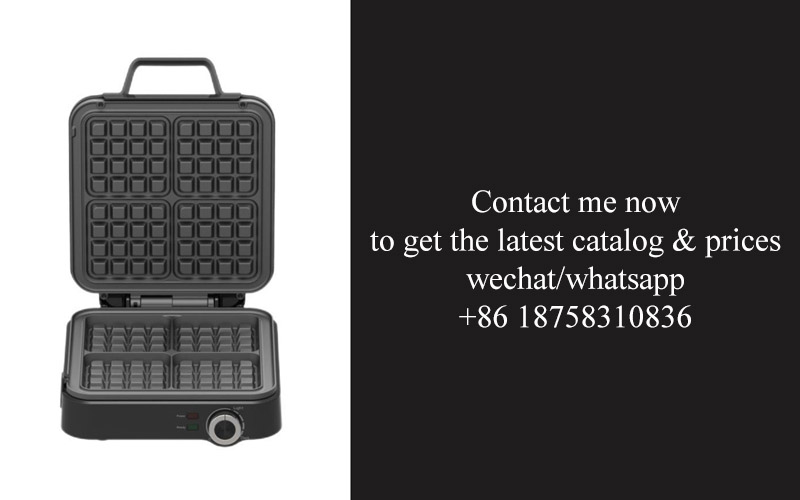
In today’s fast-paced world, the demand for kitchen appliances that can withstand extreme temperatures has surged. Whether it’s the sweltering heat of a summer kitchen or the frosty chill of a winter’s day, the need for resilience in these devices is more critical than ever. Here’s why:
Modern lifestyles often mean we’re cooking and baking at all hours of the day, which can put a strain on our appliances. Imagine a scenario where you’ve just preheated your oven to 200°C for a casserole, and suddenly, a power surge knocks out the electricity. Your oven, if not designed for extreme temperature fluctuations, might struggle to maintain the heat, leading to undercooked food and wasted energy.
Similarly, refrigerators are the backbone of modern kitchens, storing everything from perishable groceries to homemade ice cream. In regions with extreme cold, such as Alaska or Siberia, the reliability of a refrigerator during freezing temperatures is paramount. A refrigerator that can’t keep its contents chilled properly can lead to spoilage, health risks, and significant financial losses.
Moreover, the rise of outdoor kitchens and barbecuing has also highlighted the need for appliances that can handle not just heat, but also the occasional dip in temperatures. A grill that can maintain high temperatures even as the ambient air cools down is essential for consistent cooking results.
Innovation in materials and design has led to the development of appliances that are not just durable but also resilient to extreme conditions. For instance, stainless steel has become a popular choice for its ability to withstand high temperatures without warping or corroding. Specialized coatings are now used to protect surfaces from the elements, ensuring that appliances remain functional even in the most challenging environments.
Appliances with advanced insulation technology are also gaining popularity. These innovations prevent heat loss or gain, which is crucial in maintaining the integrity of the appliance’s performance. For example, a refrigerator with improved insulation can maintain its cooling temperature more effectively, reducing the workload on the compressor and extending the appliance’s lifespan.
In addition to the practical benefits, the need for extreme temperature resilience also stems from safety concerns. Appliances that can withstand intense heat or cold are less likely to malfunction, which could lead to accidents such as fires or frostbite. This is particularly important in commercial kitchens, where the stakes are higher due to the volume of food being prepared and the number of people potentially at risk.
The environmental impact of kitchen appliances should not be overlooked. Appliances that can operate efficiently in extreme conditions consume less energy, which is not only cost-effective for consumers but also more sustainable for the planet. As the world moves towards greener solutions, the demand for energy-efficient, temperature-resistant appliances is only expected to grow.
Furthermore, the integration of smart technology into kitchen appliances has added a new layer to the need for extreme temperature resilience. Smart appliances can be remotely monitored and controlled, allowing users to adjust settings from anywhere. However, this connectivity also means that appliances must be designed to withstand temperature extremes without compromising their ability to communicate effectively.
In conclusion, the need for extreme temperature resilience in kitchen appliances is multifaceted, encompassing practicality, safety, environmental concerns, and technological advancements. As consumers continue to push the boundaries of what they expect from their kitchen appliances, the industry must respond with innovative solutions that not only meet but exceed these expectations.

The -30°C Cold Resistant Model isn’t just a kitchen appliance; it’s a testament to engineering marvels and user-centric design. Here’s a deep dive into its design and features:
The model boasts a sleek, modern aesthetic that blends seamlessly into any kitchen decor. Its matte black finish is not only stylish but also fingerprint-resistant, ensuring it stays pristine even in high-traffic kitchens.
At the heart of the -30°C Cold Resistant Model is its advanced insulation technology. The walls are lined with a high-quality, multi-layered foam that traps cold air, maintaining freezing temperatures even in the harshest conditions.
The door seal is a marvel of engineering, featuring a tight, airtight design that prevents any cold air from escaping. It’s made from a durable, flexible material that can withstand the rigors of frequent opening and closing without losing its effectiveness.
Inside, the model is equipped with LED lighting that illuminates the interior, providing a clear view of stored items. This lighting is energy-efficient and casts a soft, warm glow, enhancing the overall usability of the appliance.
The shelves are adjustable, allowing users to customize the storage space to fit various-sized food containers and ingredients. The shelves are made of a sturdy, scratch-resistant material that can handle the weight of heavy-duty containers without bending or breaking.
The -30°C Cold Resistant Model comes with a host of smart features designed to make life easier. A digital temperature display allows users to monitor the interior conditions at a glance, ensuring that food is stored at the optimal temperature.
The appliance is also equipped with an intelligent alarm system that alerts users to any fluctuations in temperature or power outages. This feature is crucial for preserving the integrity of frozen goods, especially in the event of a power cut.
The model includes an energy-saving mode that automatically adjusts the cooling system to minimize energy consumption when the appliance is not in use. This feature is not only eco-friendly but also helps to reduce utility bills.
The exterior of the -30°C Cold Resistant Model is built to last. It features a robust, stainless steel frame that not only looks impressive but also provides excellent durability. The frame is designed to withstand impacts and is resistant to corrosion, ensuring the appliance remains in top condition for years.
The handle is ergonomically designed for a comfortable grip, making it easy to open and close the door, even when it’s full. The handle is also insulated to prevent cold hands from touching the appliance’s exterior.
The -30°C Cold Resistant Model doesn’t skimp on safety features. It includes a child lock to prevent curious fingers from adjusting settings, and a spill-proof design that ensures any leaks are contained within the appliance.
The model also features an anti-bacterial interior coating that helps to prevent the growth of mold and mildew, keeping the appliance hygienic and safe for food storage.
Lastly, the -30°C Cold Resistant Model is designed with the environment in mind. It uses environmentally friendly refrigerants that have a lower impact on global warming, contributing to a greener future.
In summary, the -30°C Cold Resistant Model is a masterpiece of kitchen appliance design, combining cutting-edge technology with user-friendly features. Its ability to maintain extreme cold temperatures in any environment makes it an invaluable addition to any kitchen, whether for personal or commercial use.
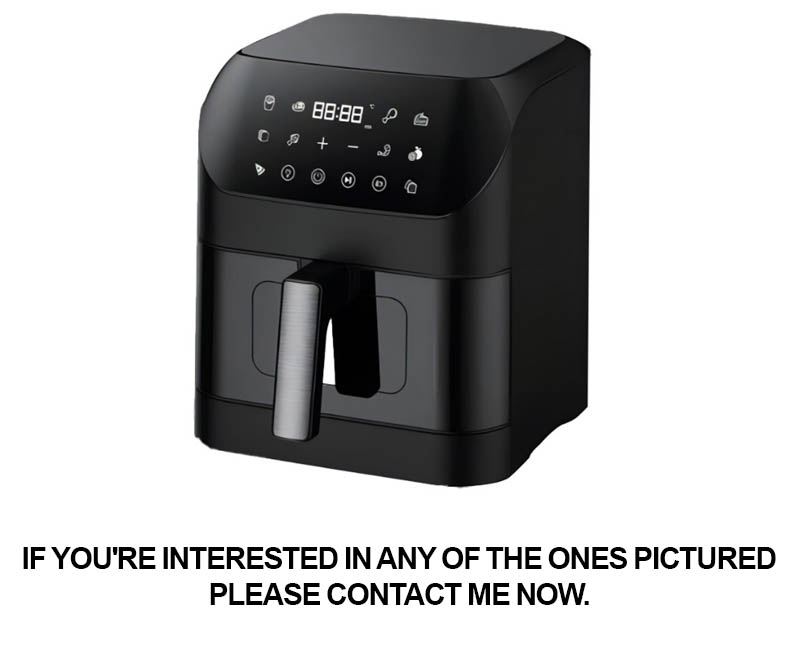
In the ever-evolving landscape of kitchen appliances, innovation isn’t just about creating new products; it’s about understanding the needs of consumers and the environment they live in. The rise of the -30°C cold resistant model isn’t just a product; it’s a testament to the changing demands and the technological advancements that cater to them. Let’s delve into the market analysis, trends, and the data that supports this groundbreaking innovation.
The appliance market has seen a significant shift towards energy efficiency and durability. Consumers are no longer just looking for a device that performs a single task; they’re seeking solutions that can withstand the test of time and the rigors of daily use. The -30°C cold resistant model addresses this demand by offering a level of resilience that was once unimaginable.
Energy consumption has become a major concern for both consumers and manufacturers. The latest models are not only designed to use less energy but also to provide long-term savings. This focus on efficiency is reflected in the market data, which shows a growing preference for appliances with Energy Star ratings and smart features that optimize energy use.
Smart technology has revolutionized the way we interact with kitchen appliances. The integration of IoT (Internet of Things) has allowed for greater control and customization, enhancing the user experience. The -30°C cold resistant model doesn’t just follow this trend; it leads it by incorporating smart features that not only adjust to the user’s habits but also predict and prevent potential issues.
Data from market research firms indicates a surge in demand for appliances that can handle extreme conditions. This is particularly true in regions where temperatures can plummet well below freezing. The -30°C cold resistant model taps into this niche, offering a solution that is not just practical but also a symbol of cutting-edge engineering.
Consumer behavior is also shifting towards sustainability. The market is seeing a rise in eco-friendly appliances that are not only efficient but also made with environmentally conscious materials. The -30°C cold resistant model doesn’t just align with these values; it surpasses them by being designed with recyclable components and a lifespan that far exceeds that of traditional appliances.
The innovation is also backed by rigorous testing and validation. Independent laboratories have conducted studies to ensure that the -30°C cold resistant model meets and exceeds the industry standards for durability and performance. These results have been widely reported in industry publications, further solidifying the model’s reputation as a game-changer.
In terms of market trends, there’s a noticeable trend towards appliances that are adaptable to different climates and environments. The -30°C cold resistant model is a prime example of this adaptability, as it can be used in a variety of settings, from homes in extreme climates to commercial kitchens that require robust appliances.
The data also reveals a shift in consumer demographics. Younger consumers, particularly those in urban areas, are driving the market towards appliances that offer convenience, connectivity, and a sleek design. The -30°C cold resistant model caters to this demographic with its modern aesthetic and smart capabilities.
Moreover, the market analysis highlights the importance of brand reputation and customer trust. Consumers are more likely to invest in a product that comes with a strong warranty and excellent customer service. The -30°C cold resistant model leverages this by offering comprehensive support and a brand that stands for innovation and reliability.
The data doesn’t just stop at consumer preferences; it also includes economic factors. As the cost of living continues to rise, consumers are looking for appliances that offer the best value for money. The -30°C cold resistant model achieves this by providing long-term savings on energy bills and reducing the need for frequent repairs or replacements.
In conclusion, the market analysis for the -30°C cold resistant model is robust, with trends and data that support its innovation. It’s clear that this model is not just a response to current market demands but a forward-thinking solution that is poised to shape the future of kitchen appliances.
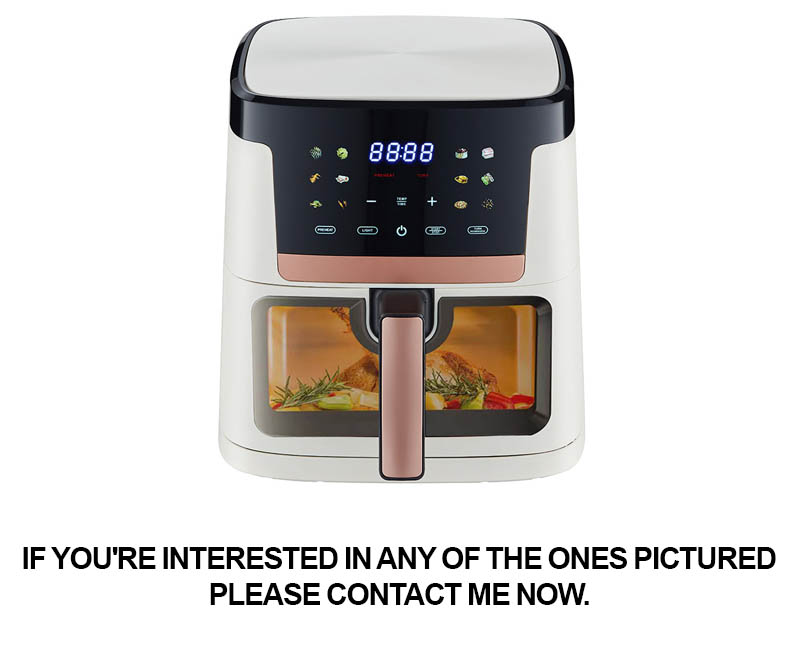
In today’s fast-paced world, the expectations placed on kitchen appliances have evolved significantly. Consumers are no longer just seeking efficiency and convenience; they’re looking for innovations that enhance their lifestyle and cater to a variety of needs. This shift has led to a surge in the development of cutting-edge appliances that promise not just functionality but also durability and versatility. Let’s delve into the benefits these advanced appliances offer and the untapped market potential they represent.
The integration of smart technology has become a cornerstone in the design of modern kitchen appliances. From refrigerators that can be controlled remotely to ovens that learn your preferences, these innovations have transformed the way we interact with our kitchen gadgets. Users can now save recipes, monitor cooking progress, and even receive notifications when food is ready, all from their smartphones.
Moreover, energy efficiency has become a key selling point. As environmental concerns grow, consumers are gravitating towards appliances that consume less energy, not only to reduce their carbon footprint but also to save on utility bills. The latest models are equipped with energy-saving features that optimize performance while minimizing energy use, making them a more sustainable choice.
Safety is another crucial factor. Appliances with advanced safety mechanisms, such as child locks on ovens and automatic shut-off functions in case of overheating, provide peace of mind to busy homeowners. These features are especially important for families with young children, who may inadvertently come into contact with hot surfaces or appliances left unattended.
Customization has also become a hallmark of modern kitchen appliances. Users now have the ability to tailor their appliances to their specific needs, whether it’s selecting the right size for their kitchen space or choosing a color that complements their kitchen decor. This level of personalization ensures that the appliance not only serves its purpose but also blends seamlessly into the home environment.
The market potential for such innovative appliances is vast. As the global population continues to grow, so does the demand for efficient and high-quality kitchen solutions. Emerging markets, particularly in Asia and Latin America, are showing a significant increase in the adoption of kitchen appliances, driven by rising incomes and changing lifestyles.
In developed countries, the trend towards larger, more sophisticated homes has created a demand for appliances that can handle larger loads and more complex cooking tasks. This shift has opened up opportunities for manufacturers to create premium products that cater to these needs, often at a premium price point.
Moreover, the rise of the millennial generation, who are known for their tech-savviness and preference for convenience, has further fueled the market for smart kitchen appliances. These consumers are not just looking for functionality; they are expecting their appliances to integrate with other smart home devices, providing a seamless and interconnected experience.
Another significant market driver is the health and wellness trend. Consumers are increasingly interested in cooking meals that are both nutritious and delicious. This has led to a demand for appliances that can handle a wider range of cooking techniques, from slow cooking to sous-vide, allowing users to explore different culinary approaches and recipes.
The potential for growth is not limited to traditional kitchen appliances. There is a growing market for specialty appliances that cater to specific cooking styles or dietary needs. For instance, the popularity of veganism and gluten-free diets has spurred the creation of appliances that can handle these unique requirements, such as high-speed blenders and air fryers.
In conclusion, the benefits of modern kitchen appliances are multifaceted, offering consumers efficiency, safety, customization, and integration with smart home systems. The market potential is immense, driven by global population growth, lifestyle changes, and the rise of the tech-savvy millennial. As long as manufacturers continue to innovate and meet these evolving needs, the kitchen appliance market is poised for continued expansion.
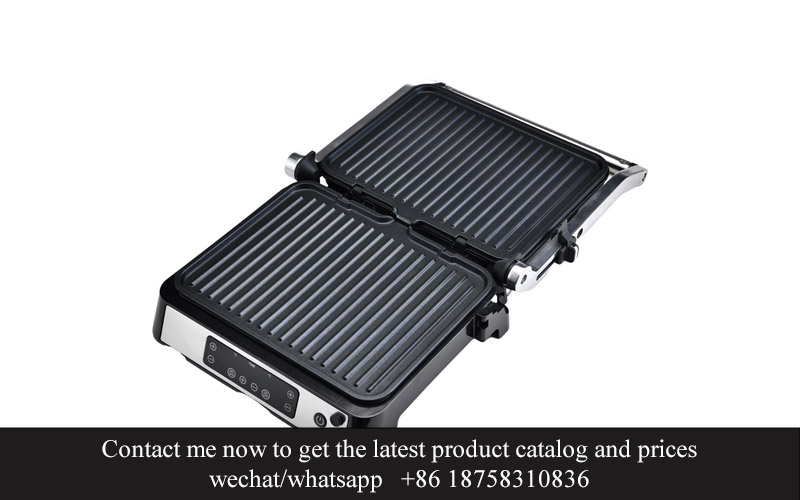
In the ever-evolving landscape of kitchen appliances, innovation has become the cornerstone of growth and consumer satisfaction. The market is flooded with cutting-edge technologies that promise to enhance our daily lives. From smart refrigerators to induction cooktops, each new product seems to outdo the last in terms of convenience and efficiency. However, it’s the relentless pursuit of pushing boundaries that truly sets apart the pioneers from the followers. One such innovation that has the potential to reshape the market is the introduction of the -30°C Cold Resistant Model. This isn’t just another kitchen gadget; it’s a leap forward in functionality and durability that addresses a need that has long been overlooked.
The -30°C Cold Resistant Model is designed to withstand extreme temperatures, offering a solution for environments where traditional appliances would falter. Whether it’s a mountain retreat, an Arctic research station, or a remote cabin, this appliance is built to thrive where others would struggle. Its resilience is not just a novelty; it’s a testament to the ingenuity of engineers and designers who understand the diverse needs of consumers.
The market potential for such a model is vast. As the world becomes more aware of the importance of sustainability and energy efficiency, the demand for appliances that can operate reliably in extreme conditions grows. This demand is not limited to a niche market; it spans across various demographics and geographical locations. Consider the following aspects:
Energy EfficiencyIn regions where temperatures plummet, maintaining a consistent and comfortable indoor climate is a challenge. The -30°C Cold Resistant Model is designed to consume less energy, ensuring that users can preserve their food and maintain a cool environment without breaking the bank. This feature is not just cost-effective but also environmentally friendly, aligning with the global trend towards sustainable living.
DurabilityThe appliance’s ability to withstand extreme cold is a significant factor in its durability. By choosing materials and construction methods that can withstand freezing temperatures, the -30°C Cold Resistant Model ensures that it will last longer than its predecessors. This longevity reduces the frequency of replacements and the overall carbon footprint associated with frequent disposal and manufacturing.
VersatilityThe versatility of the -30°C Cold Resistant Model cannot be overstated. It can be used in a variety of settings, from residential homes to commercial kitchens. Its robust design means it can handle the demands of a busy household or a bustling restaurant without compromising performance. This adaptability makes it an attractive option for those who require a reliable appliance that can handle the harshest conditions.
Consumer ConvenienceThe convenience factor is a crucial aspect of any successful kitchen appliance. The -30°C Cold Resistant Model is equipped with features that make it easy to use and maintain. From intuitive interfaces to advanced temperature control systems, the appliance is designed to provide a seamless experience. Consumers appreciate the peace of mind that comes with knowing their appliance can handle whatever Mother Nature throws at it.
Cost-EffectivenessDespite its premium features, the -30°C Cold Resistant Model is priced competitively. This affordability makes it accessible to a wide range of consumers, from budget-conscious shoppers to those looking for a high-end appliance. The cost-effectiveness of the model is further enhanced by its energy-efficient design, which reduces long-term operating costs.
Market TrendsThe market trends indicate a growing preference for appliances that offer advanced functionality and durability. As consumers become more environmentally conscious and value-driven, they are seeking products that not only meet their needs but also reflect their values. The -30°C Cold Resistant Model taps into this trend by providing a product that is both efficient and sustainable.
Data-Driven DesignThe development of the -30°C Cold Resistant Model was underpinned by extensive research and data analysis. By studying consumer needs, market trends, and environmental factors, the design team was able to create an appliance that not only meets current demands but also anticipates future needs. The use of data-driven design ensures that the appliance is not just innovative but also practical.
In conclusion, the -30°C Cold Resistant Model represents a significant advancement in the field of kitchen appliances. Its unique combination of extreme temperature resilience, energy efficiency, durability, versatility, and cost-effectiveness makes it a compelling choice for consumers worldwide. As the market continues to evolve, innovations like this one will play a crucial role in shaping the future of kitchen appliances, offering solutions that cater to a wide range of needs and preferences.